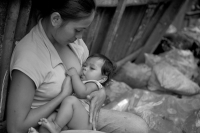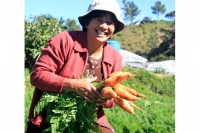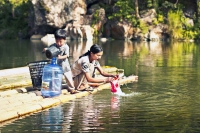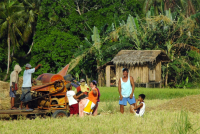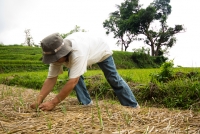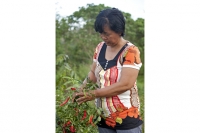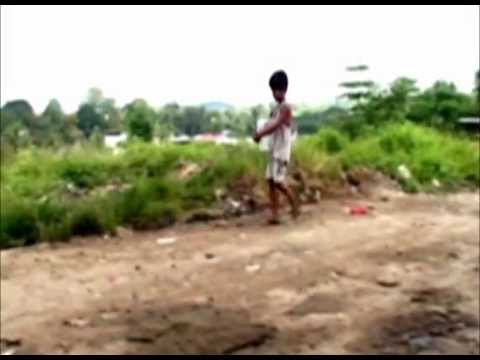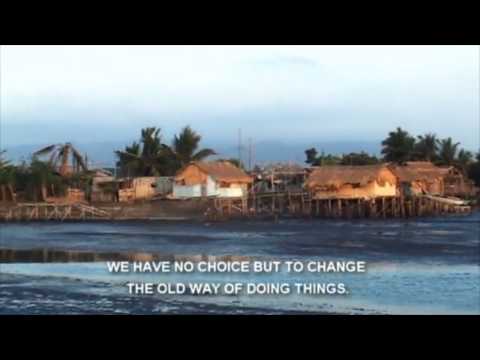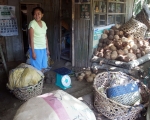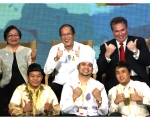

Philippines
Asia
Philippines
Capital Manila
Population 84.6 million
Life Expectancy 71.3
Access to clean water 93%
Adult literacy 93.3%
Under five mortality 33 per 1,000 live births
GDP per head (US$ PPP) $5,137
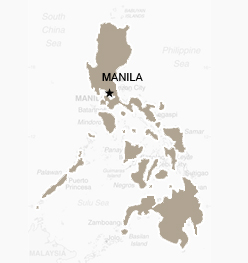
 This evaluation is a knowledge-generating exercise whose goal is to: 1) Assess the MDG-F's contribution, at national level, to the achievement of the MDGs, the principles of the Paris Declaration and the UN reform initiative to “Deliver as One”; 2) Identify best practices and lessons learned in order to inform future joint programming for development; and 3) Connect local level programme interventions with national level policy-making processes by highlighting successful pilot initiatives with the potential for replication and scale-up.
This evaluation is a knowledge-generating exercise whose goal is to: 1) Assess the MDG-F's contribution, at national level, to the achievement of the MDGs, the principles of the Paris Declaration and the UN reform initiative to “Deliver as One”; 2) Identify best practices and lessons learned in order to inform future joint programming for development; and 3) Connect local level programme interventions with national level policy-making processes by highlighting successful pilot initiatives with the potential for replication and scale-up.
Philippines_Country Final Evaluation.pdf (1.21 MB)-
Country Fact Sheet
 This Fact Sheet summarizes the key achievements of the Joint Programmes in the Philippines.
This Fact Sheet summarizes the key achievements of the Joint Programmes in the Philippines.
Philippines Joint Programmes Fact Sheet.pdf (192 KB)

